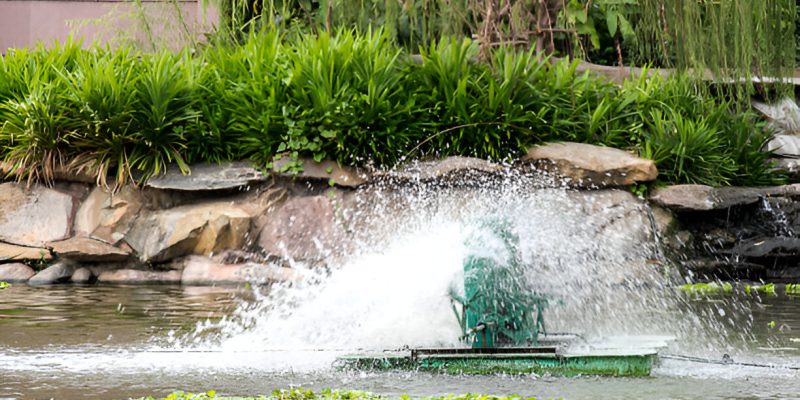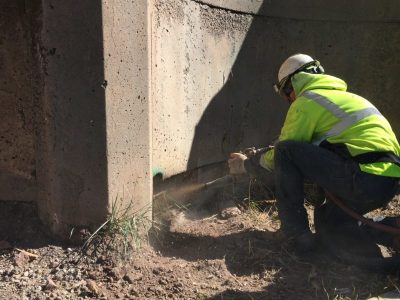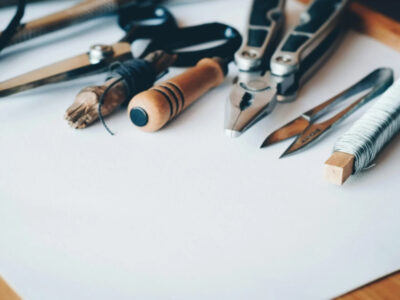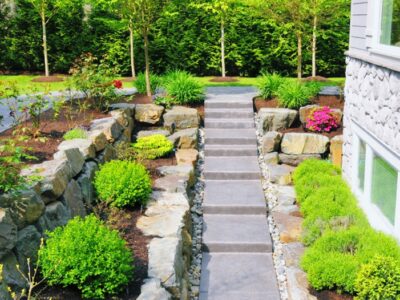Water features depend on pond pumps to act as their essential circulatory system, which drives fundamental water circulation needed for ecological health. Through many successful system installations, That Pond Guy proves that dedicated circulation aids in stopping algae growth and encourages healthy fish populations.
A combination of proper oxygenation and filtration functions through quality pumps provides the perfect environment for aquatic life to thrive, which is essential for clear water and vibrant fish in any pond system. Premium circulation systems like Oase Pond pumps excel at maintaining optimal oxygenation and filtration while keeping water crystal clear.
Why Circulation Matters
Water movement prevents stagnation, which can lead to:
- Oxygen depletion harmful to fish
- Buildup of toxic gases like ammonia
- Excessive algae growth
- Uneven temperature distribution.
Proper circulation ensures all areas of the pond receive equal oxygenation and filtration benefits.
Pump Selection Guide
Flow Rate Considerations
The ideal pump capacity depends on:
- Pond volume (aim to circulate total water every 1-2 hours)
- Additional features (waterfalls/fountains require higher flow)
- Fish load (heavily stocked ponds need more turnover).
That Pond Guy recommends calculating pond volume accurately before selecting a pump, as undersized units create dead zones while oversized one’s waste energy.
Types of Pumps
- Fountain pumps: Best for small decorative ponds
- Waterfall pumps: Designed for vertical lift requirements
- Filter pumps: Combine circulation with built-in filtration
- Solar pumps: Eco-friendly but weather-dependent.
Installation Best Practices
Optimal Placement
- Summer: Deep placement for cooler water circulation
- Winter: Shallower position to preserve thermal layers
Always ensure easy access for maintenance.
Electrical Safety
- Use waterproof connections and GFCI outlets
- Bury cables securely to prevent damage
- To cut expenses over time, take into account energy-efficient models.
Seasonal Considerations
Summer Operation
- Run continuously to maintain oxygen levels
- Clean intake screens weekly to prevent clogging
- Monitor for reduced flow indicating wear.
Winter Precautions
- Relocate to shallower depths if keeping running
- Protect from ice damage in freezing climates
- Consider supplementary aeration if reducing flow.
Complementary Systems
Pairing pumps with proper filtration enhances results:
- Mechanical filters remove debris
- Biological filters process fish waste
- UV clarifiers control algae.
That Pond Guy notes that ponds using Oase Pond pumps with matched filtration systems show significantly better water clarity and fish health metrics.
Troubleshooting Common Issues
- Reduced flow: Check for clogged impellers or tubing
- Unusual noises: Often indicates bearing wear
- Intermittent operation: Typically, electrical connection issues
- Leaks: Require immediate attention to prevent motor damage.
Regular maintenance including annual impeller inspection and seal replacements can extend pump lifespan by several years.
Energy Efficiency Tips
- Select variable-speed models for adjustable flow
- Size pumps appropriately to avoid overworking
- Clean components regularly to maintain efficiency
- Consider timers for decorative features.
The Bigger Picture
Beyond basic circulation, quality pumps:
- Support beneficial bacterial colonies
- Distribute heat evenly in winter
- Enable effective water treatments
- Create visual interest through water movement.
That Pond Guy highlights how quality pond pumps lower maintenance expenses and enhance ecological balance over time. For optimal results, he recommends professional consultation to choose the right pump setup tailored to your pond’s unique requirements, ensuring efficient circulation and long-term water health.









Comments